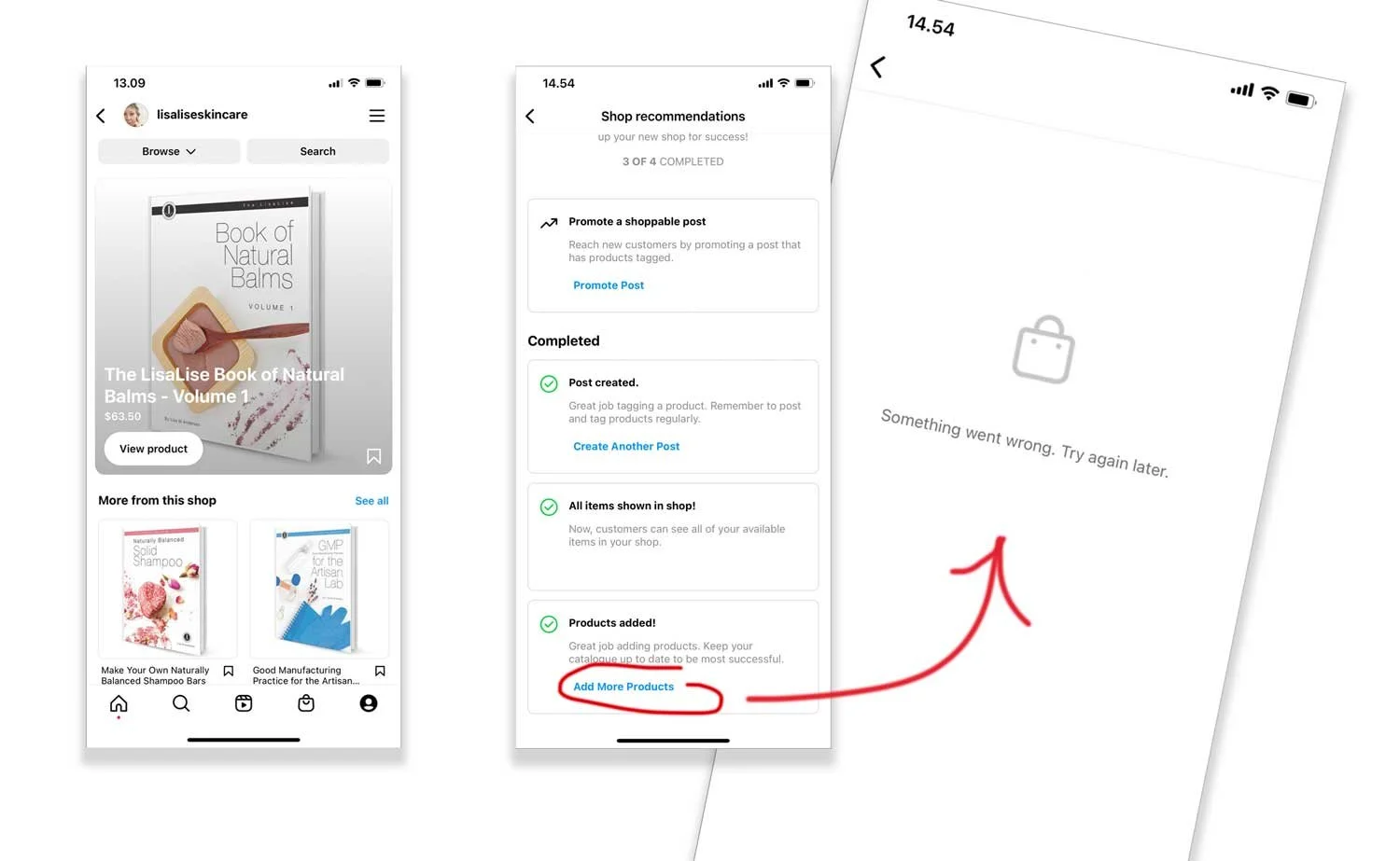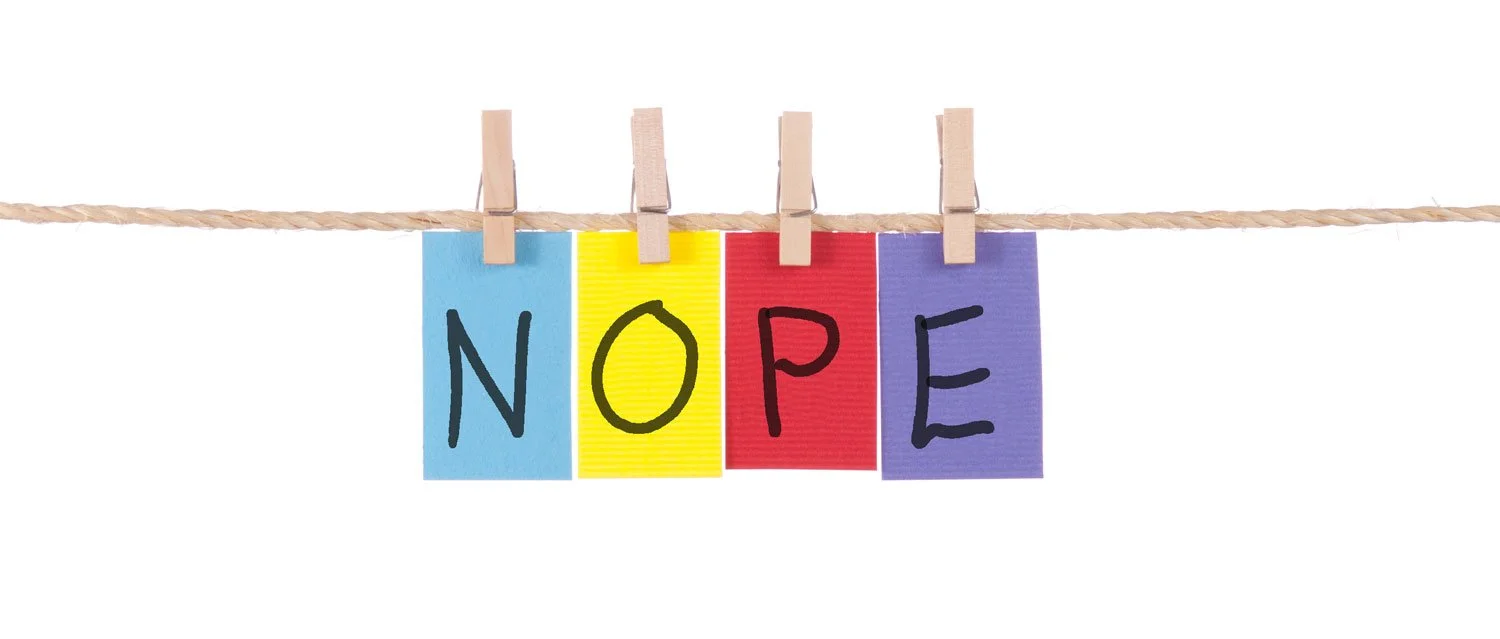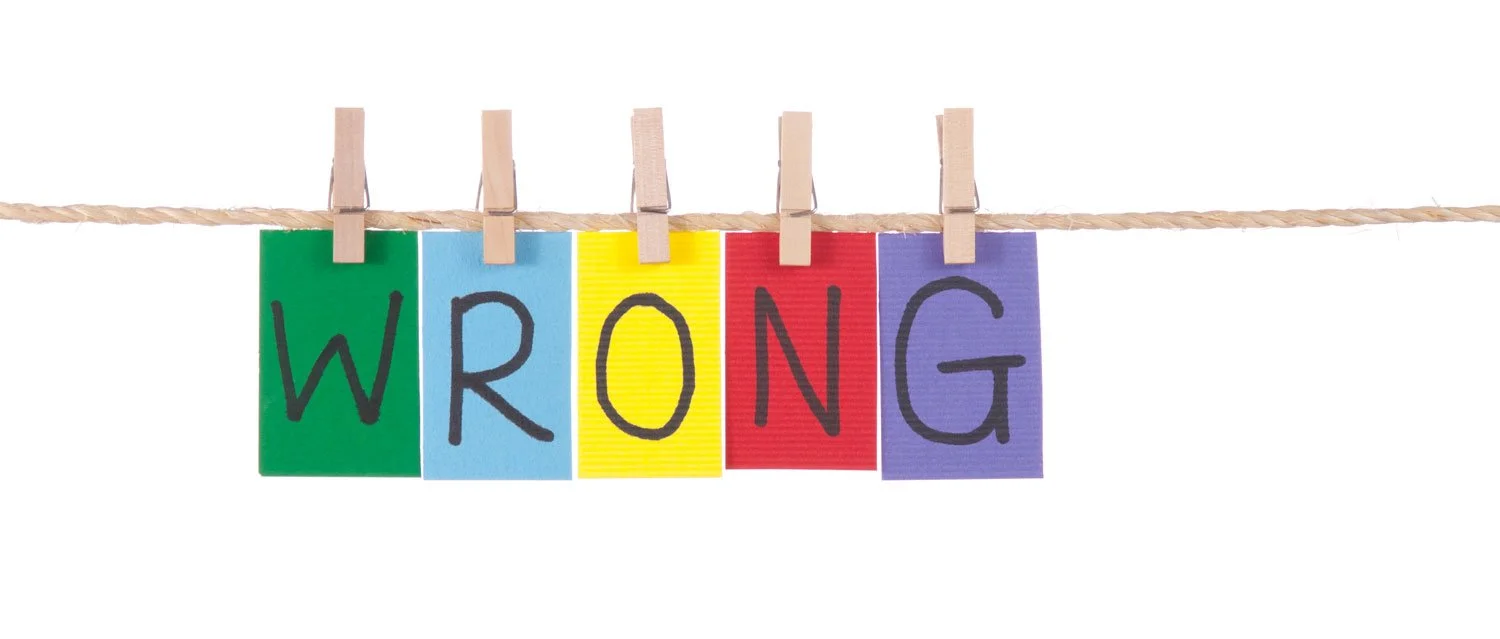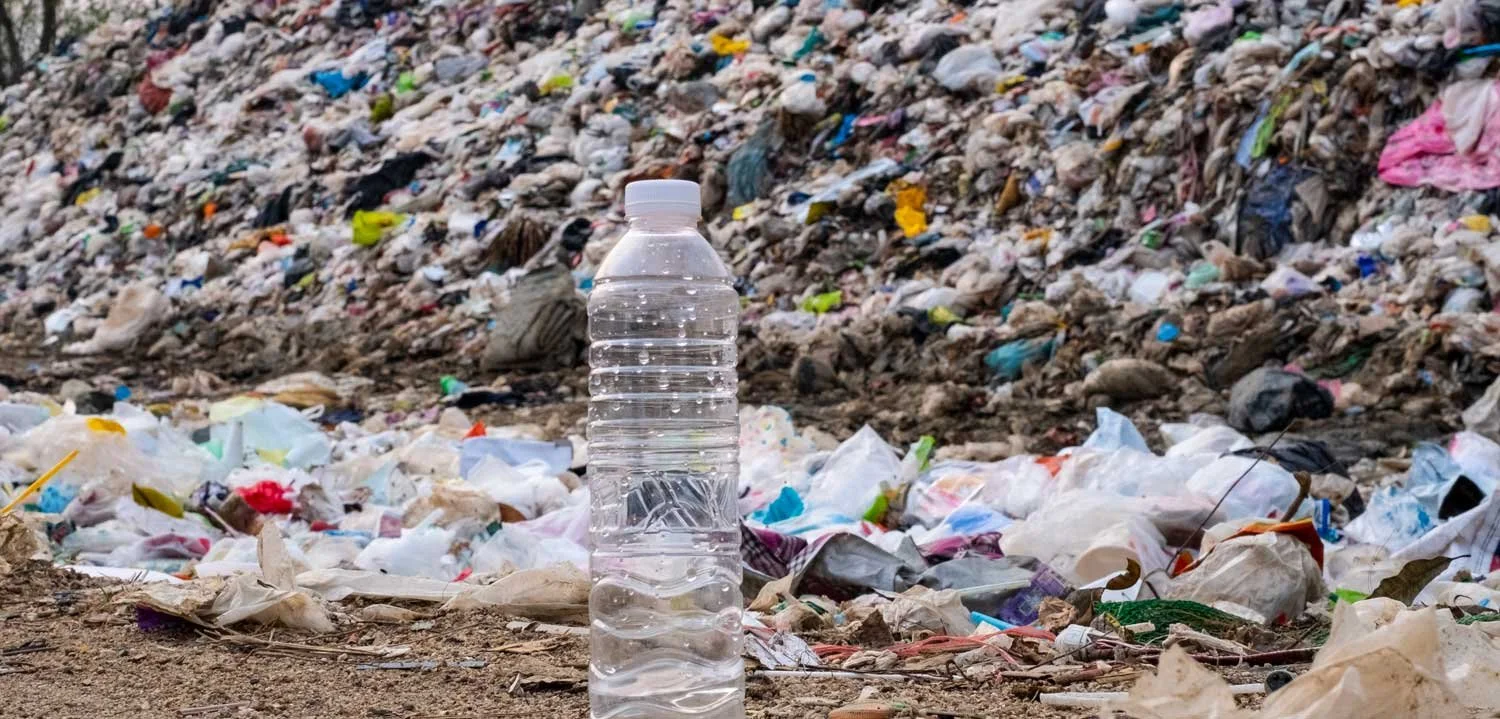Lessons I've Learned Since Leaving Facebook
Lise
It's been almost exactly half a year since I did some serious social media housecleaning. It was a decision that didn't come lightly, but something had to give if I was to have enough time to concentrate more fully on the things I love most: formulating, researching, experimenting in the lab, and creating content for my e-books, blogs, and courses.
As part of the big clean-up, I dumped:
Twitter
Pinterest
LinkedIn
Facebook
Almost everything went smoothly, except, as you have probably guessed, leaving Facebook.
Today, I'm going to share a bit about my experience of terminating all of my Facebook activities .
These were
My Personal Facebook Page
Facebook Messenger
LisaLise Facebook Business Page
LisaLise Facebook Shop
LisaLise Facebook Group
The only social media account I decided to hang on to was Instagram (which is owned by the Facebook folks). That tidbit of information is going to be relevant in a moment.
Instead of shutting down the group, it was passed to my lovely colleague, Vivienne Campbell of the Herbal Hub where it continues to thrive, now under the name Natural Cosmetics Forum with Vivienne & Friends).
Lesson 1: Leaving Facebook Doesn't Mean Missing Out
A lot of people have asked if leaving Facebook has made me feel like I am missing out. I admit there was a fabulous community spirit in the group (that I am informed continues under Vivienne's caring guidance).
And who doesn't love a warm and welcoming community spirit?
However, during my time on Facebook, I seriously neglected the community forum at Formulators Kitchen (which made me feel all kinds of guilty as I am the founder). With no Facebook to distract, there has been time to use more energy in 'the Kitchen'. As a result, we have experienced an influx of wonderful new members.
So, leaving Facebook (even the lovely group) has had a positive outcome for me. It feels more rewarding to be spending my community-online-time on the Kitchen.
If you're interested in becoming a Kitchen member (it's free), please visit this page.
We'd be happy to welcome you.
Lesson Two: Don't Believe Everything (or anything?) Facebook Tells You
Hold on to your hat, because this is something I’m still trying to work out.
Even though Facebook clearly warns 'this will permanently delete your content and messages' when you click on 'delete my account', Facebook doesn't seem to do anything of the kind. Instead, it simply stashes EVERYTHING you have ever input on their platform 'somewhere' and makes it completely unaccessible.
I experienced this on Instagram. (This is where that tidbit of information comes in)
Here's how.
Anyone with both a Facebook shop and Instagram account (which I had), can connect (tag) Facebook shop items directly in an Instagram post. Instagram viewers will see a little shop icon that they can click on which brings them directly to the item ... in the Facebook shop.
The funny thing is, Instagram does this even when the Facebook shop no longer exists.
Confused yet?
I still am.
Almost 6 months after deleting my Facebook shop, all of the products are still visible (and active) on my Instagram account. I know they are active because I can still tag products and still view the whole shop.
Interesting, eh?
When I go into my Instagram settings, I can (still) find an active link called 'manage shop'. Clicking on it results in a page where products can be added, managed, promoted, etc.
Since the shop is visible on Instagram, one might imagine it should be editable, so I have tried clicking on ‘add products’, but this brings me to a page that says 'something went wrong - try again later' .
I have 'tried again later'. Numerous times. The same message pops up every time.
Since the shop was (is?) ‘deleted’ from Facebook, it stands to reason one would need to contact Facebook about this, but in order to contact Facebook, one must have a Facebook account.
And that is where I draw the line.
Opening a new Facebook account to ask them why they didn’t ‘permanently delete’ the accounts and activities I ALREADY DELETED seems completely counterproductive.
Leaving Facebook apparently involves much more than clicking delete, but they don’t tell you what it is (unless it’s stated somewhere in the 600 page ‘terms and conditions’ you have to agree to in order to use their platform).
This all reminds me of the line from the song Hotel California:
"You can check out any time you like, but you can never leave"
I think my biggest regret at this point is that I didn't take the time to delete every single post and item individually before deleting each account. But come to think of it, who knows if that would have made any difference at all.
Welcome to the Hotel California. (here’s a link to the original song by the Eagles)
Do Tell
If you have had any experiences like this, I'd love to hear about them in a comment below. And if you want to read more about why I decided to leave Facebook in the first place, I wrote a post about it right here.
PS: If you want to follow me on Instagram, click any of the pictures below to visit my Instagram page.




















